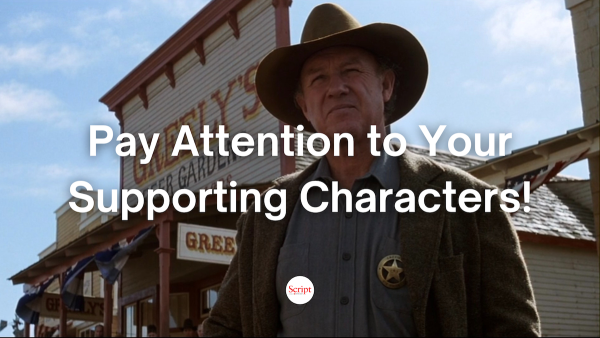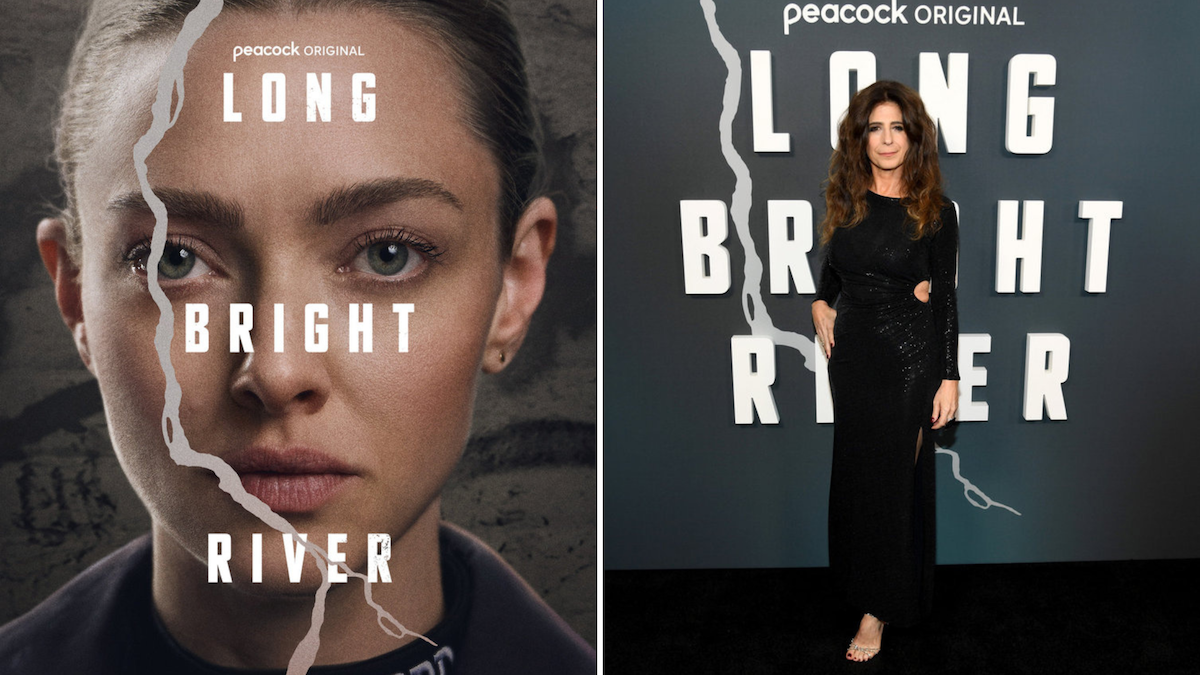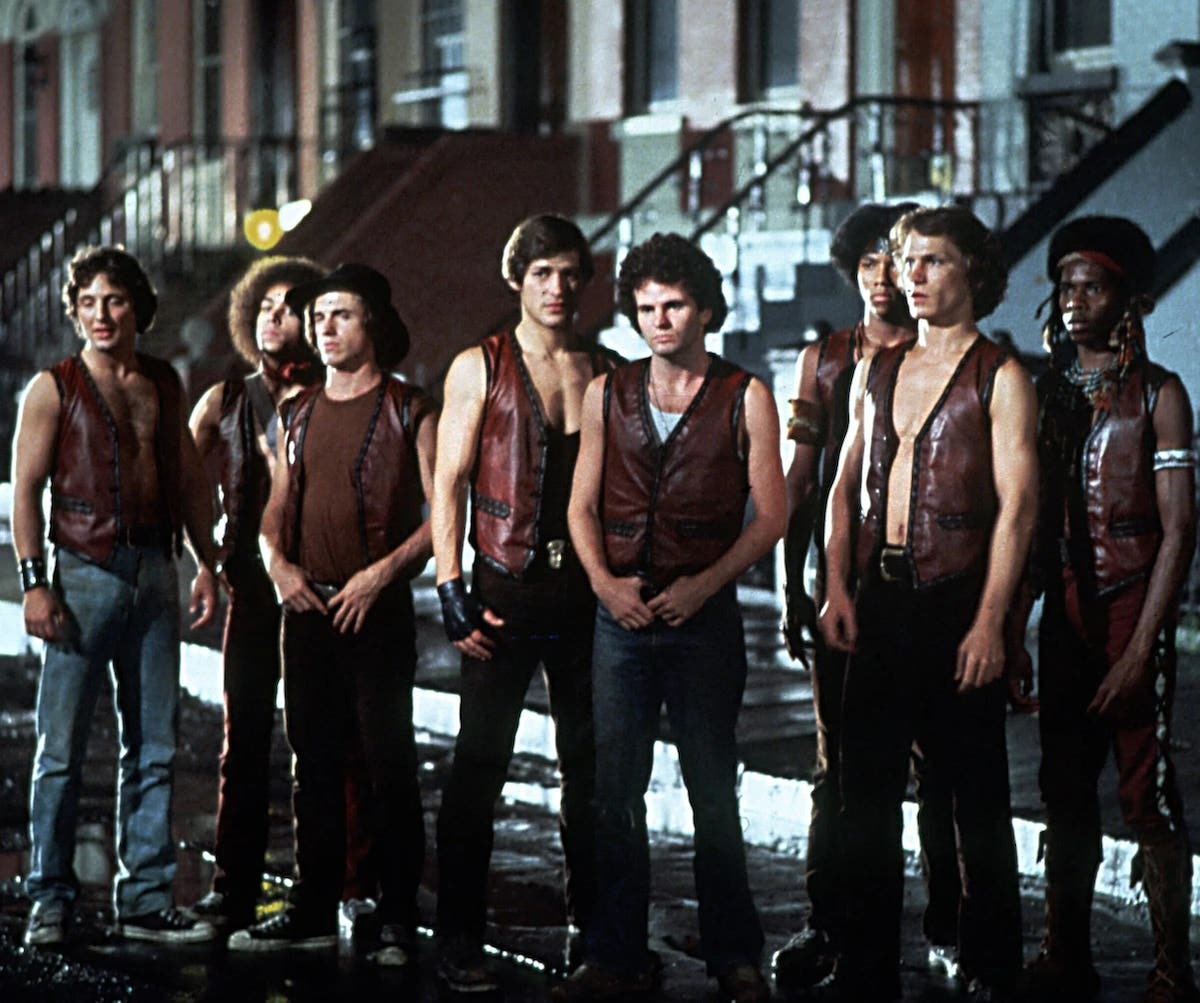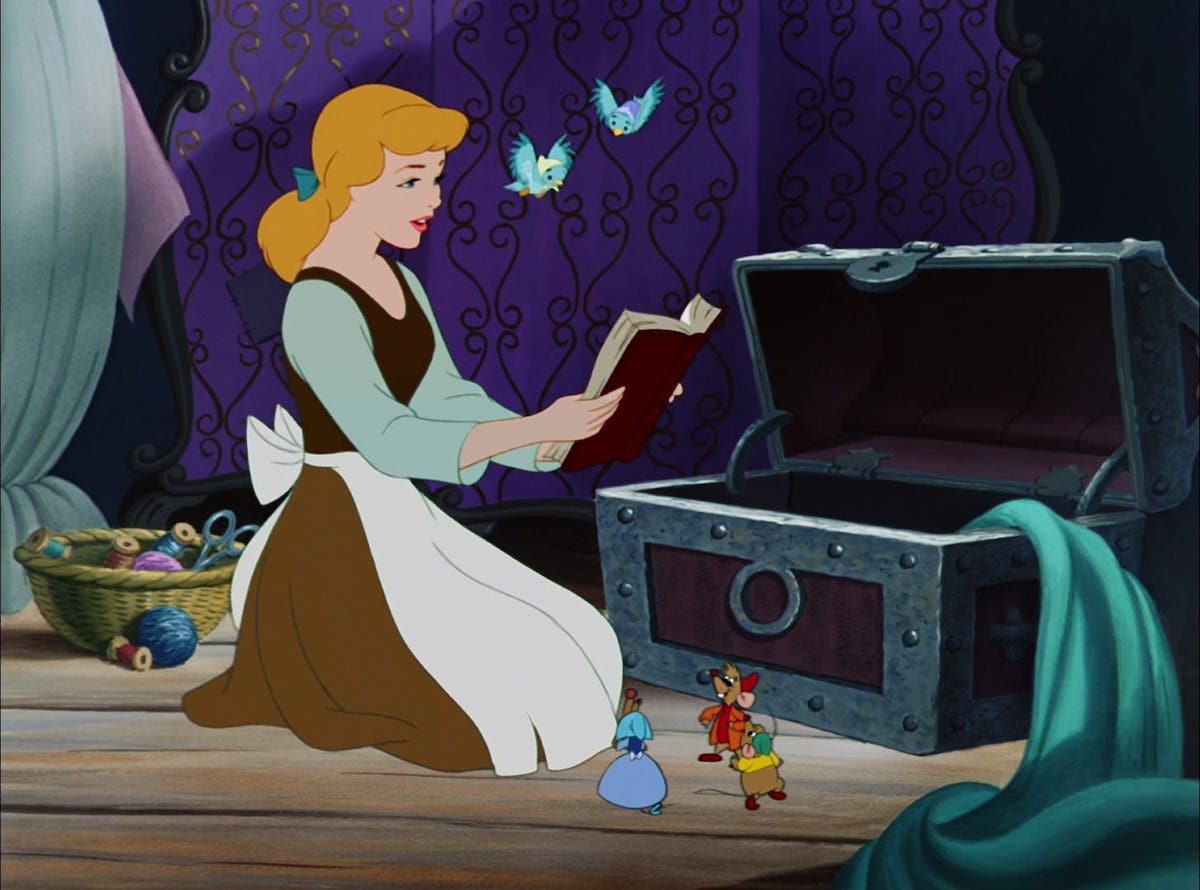Notes from the Margins: The Difference Between A Hook and A Gimmick
These days, writers often get confused between a hook and a gimmick. And the two are not the same thing. Danny Manus explains the differences.
Every executive will tell you that in order to grab their attention in a pitch or a script, you need to have a great original hook. Your hook is that special THING that defines what the new, original and commercial angle is on your concept. It’s the element of your story or storytelling that will make your script stand out and make the exec say, “I get it.”
Your hook can come from numerous places. It could be conceptual, it could be plot-based, it could be your location, your type of characters, your backdrop, your time period or setting or world, your theme, the characters’ goal, the consequences or stakes of the action in the story, etc. Truly elevated projects often combine two different hooks to make the story more dynamic or have a hook with an intellectual or emotional depth to it that takes the story to another level.
But these days, writers often get confused between a hook and a gimmick. And the two are not the same thing.
A hook is usually story-based. It is something ingrained and exploited in the plot and/or premise of your script. A gimmick is a cheap trick used as a selling tool to make an audience think there’s something different about the style or experience of the project but usually has very little to do with the substance of the story.
The hook of Twilight is that the teen love story was set against the backdrop of an ancient war between vampires and werewolves. The hook of Non-Stop is that it’s a mystery heist film and a hijacking action film set 35,000 feet up in the air. The hook of the Oscar-Winning Her is that it’s a love story between a man and his operating system set in the near future.
Creating the hook of a story is the screenwriter’s job. Creating or exploiting the story’s gimmick is usually the job of a marketing department. Very often a project’s gimmick may come from its hook but a great gimmick will NEVER mask or excuse a poor story.
The films that do the best these days within the studio system are ones that have a strong story and hook AND a strong connected gimmick that can be used to sell it to its target demographic.
Gravity did well based on the gimmick of how it was shot and how the technical aspects come across in gorgeous 3-D surround sound theaters but also how that gimmick was used to enhance the emotion and hook of the story – one woman, trapped alone in space, fighting to survive.
Pixar’s Wall-E had a wonderful hook of a lowly love struck robot that must save his crush and the world. But the gimmick of Wall-E, and what many were talking about, was how half the film had no dialogue and was also a message movie about consumerism and a cautionary environmental tale.
The 1985 cult classic Clue had a great story gimmick in that its whole third act is 3 different alternate endings with different possible killers confessing until the truth is revealed. Tonally, it worked great with the rest of the story and added more twists and turns to the climax of the film.
But when the story is poor, gimmicks usually don’t work and often backfire.
Perhaps the best example of this is Movie 43, one of the worst abortions to ever happen on screen which currently sits at 4% on rotten tomatoes and won big at this year’s Razzies. It was a series of disturbing short films directed by big names and starring even bigger names that were connected by an insanely flimsy set up. The gimmick was basically – look at all these huge name stars we got together, it MUST be good, right? But alas, it was not.
From Justin to Kelly (I’m sorry Kelly, I still love you) was a project born out of gimmick rather than story. The studio wanted to capitalize on the popularity and possible real-life romantic relationship between its two biggest reality stars at the time and Kelly’s growing musical following. I’m guessing the writers spent exactly 4 days on the script.
Battlefield Earth had a not-so-secret gimmick in that it was obviously connected to Scientology and it put this gimmick above story. And any time you put gimmick above story in the concept and development stage, your movie is doomed.
Bad Grandpa used the proven gimmick of the Jackass-style gags and physical pranks to lure people to the theater thinking that’s all it was, but it was actually an attempt at a narrative feature that just happened to have a half dozen of those hilarious pranks in it. But the gimmick was stronger than the story and was the only thing promoted in the trailers. Did it do really well at the box office? Yes, it did. I’m not saying a gimmick CAN’T work – only that it usually doesn’t if the story isn’t equally strong if not stronger.
I recently had a client whose story was a pretty straightforward spy/comedy with some decent story twists but then the third act was basically a Choose Your Own Adventure gimmick where he thought audiences would be able (collectively) to choose which version of the ending they wanted to see. Obviously this gimmick wouldn’t work in theaters for 1000 logistic and financial reasons. But it didn’t work on the page either because it made the writer’s vision for the story unclear and unresolved. It made the whole resolution of the story confusing and unsatisfying.
I had another client who wrote the same script twice – once as a comedy, once as a drama – and thought that studios would make both versions for both audiences. The only major difference was that the comedy had about 10 more decently funny lines in it. There are concepts that could potentially work in two different genres, but you need to know which is stronger and which you feel more comfortable writing. The gimmick of having written two versions of the same plot was what he thought would entice agents instead of the story itself, which was incorrect.
A handful of years ago, I had a pitch session at a conference where the writer donned a large rubber butt as a hat and pitched the sales gimmick of his concept instead of the story. Even if the story and pitch were brilliant it wouldn’t have mattered cause all I was staring at was a large rubber anus like it was a third eye. I can guarantee that pitch would have gone better without the gimmick. In fact a general rule I always give new writers pitching is leave the gimmicks at home – they never help and usually make you look all the more amateurish. And I feel the same about writers who employ gimmicks on the page instead of really crafting a compelling story.
There is a difference between a marketing or production gimmick and a writing gimmick. The former is something the writer has very little say about. Studios will very often turn an otherwise perfectly fine 2-D film into a 3-D extravaganza because the ticket prices are higher and they think the 3-D gimmick brings people to the theaters. Dolby Digital 3-D Surround Sound, Smell-O-Vision, 4-D, not to mention Marvel and Disney’s gimmick of incorporating many of their Avengers characters into all their different films so that audiences think they need to see ALL of them in order to follow the stories. These would be more production and marketing gimmicks.
Brilliant marketing gimmicks included those created for Blair Witch Project and Paranormal Activity, both of which used the angle that they may or may not be true stories and it used its gimmick of casting utter unknowns to play into that. Paranormal’s marketing campaign also included the creepy, grainy “night-goggle” footage of people reacting and screaming in fear while watching the film. Very effective. They took what was different about the hook and story and translated that into a masterful marketing gimmick. But the gimmick did not damage or derail the story.
Sometimes the gimmick of a project is in its casting and that’s also something the writer usually has no control over. TheExpendables, Escape Plan, Righteous Kill, Grudge Match, Scream, andromantic comedies that reteam beloved duos like the upcoming Adam Sandler/Drew Barrymore film Blended areall films whose gimmick was the casting and not the story. In some of these cases, the story or action was strong enough to compliment the gimmick. In others, not so much.
But this is why it’s so important for writers to create a hook and story that can overcome bad casting or bad production or marketing gimmicks and sell on its own merit. You need to know what is special and sellable about your concept and hook, and the answer to that needs to lie organically within the pages of your story. If it doesn’t, then you’re not writing smart enough and you’re relying on others to figure out what is great about your script.
- More Notes from the Margins articles by Danny Manus
- Notes from the Margins: Cold Call Tips – The Secret Words to Getting Read and Representation
- Notes from the Margins: Cracking the Executive Code
- Balls of Steel: Script Consultants – Are They Worth It?
How Screenwriters Can Write a Breakout Script That Will Jumpstart Their Career
The "Concept" Script: How to Hook Your Reader in the First-Five Pages
Danny Manus is an in-demand script consultant and founder of No BullScript Consulting, and was ranked in the Top 15 “Cream of the Crop” Script Consultants in 2010. He is the author of No B.S. for Screenwriters: Advice from the Executive Perspective. Danny shares notes, tips, lessons, anecdotes and information that will hopefully improve your writing, enlighten you about parts of the business that aren’t talked about, lessen the number of notes you get in YOUR margins, and help you further understand what breaking into this business and staying here really entails. Twitter: @DannyManus







